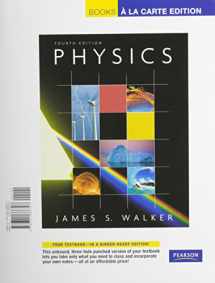
Liquid Phase Epitaxy of Electronic, Optical and Optoelectronic Materials (Wiley Series in Materials for Electronic & Optoelectronic Applications)
Book details
Summary
Description
Liquid-Phase Epitaxy (LPE) is a technique used in the bulk growth of crystals, typically in semiconductor manufacturing, whereby the crystal is grown from a rich solution of the semiconductor onto a substrate in layers, each of which is formed by supersaturation or cooling. At least 50% of growth in the optoelectronics area is currently focussed on LPE.
This book covers the bulk growth of semiconductors, i.e. silicon, gallium arsenide, cadmium mercury telluride, indium phosphide, indium antimonide, gallium nitride, cadmium zinc telluride, a range of wide-bandgap II-VI compounds, diamond and silicon carbide, and a wide range of oxides/fluorides (including sapphire and quartz) that are used in many industrial applications. A separate chapter is devoted to the fascinating field of growth in various forms of microgravity, an activity that is approximately 30-years old and which has revealed many interesting features, some of which have been very surprising to experimenters and theoreticians alike.
- Covers the most important materials within the field
- The contributors come from a wide variety of countries and include both academics and industrialists, to give a balanced treatment
- Builds-on an established series known in the community
- Highly pertinent to current and future developments in telecommunications and computer-processing industries.


We would LOVE it if you could help us and other readers by reviewing the book
Book review



